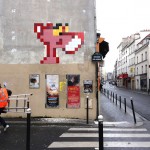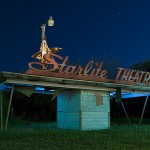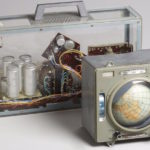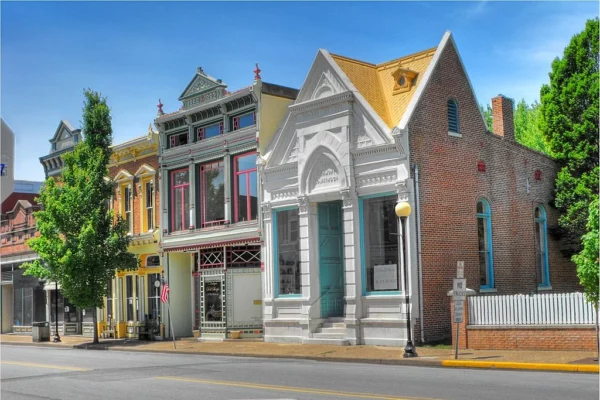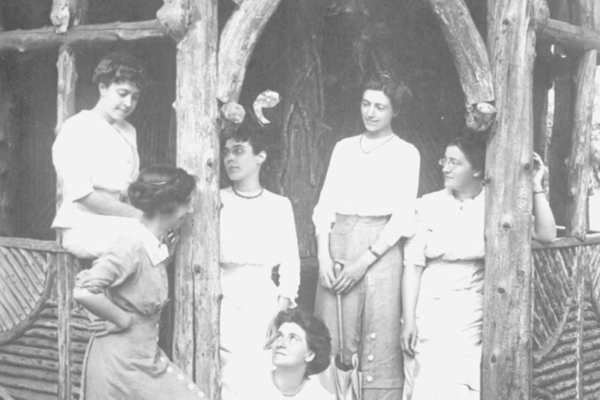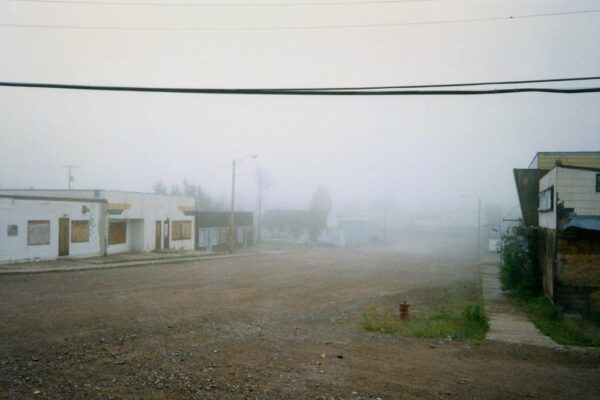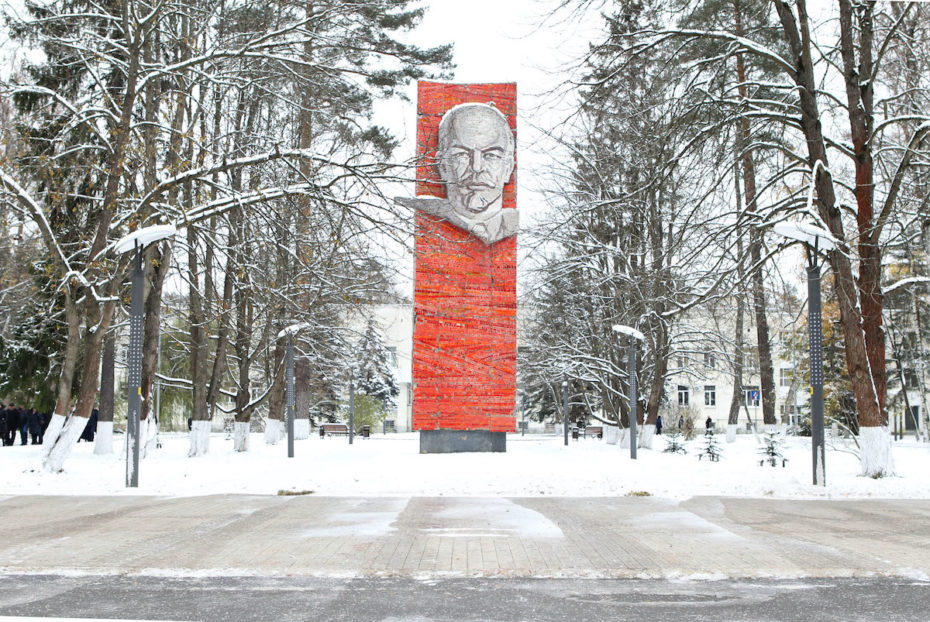
Tucked in a Russian forest not terribly far from Moscow, you’ll find it: a veritable mini-city, populated entirely by space explorers and their kin for over half-a-century. This is “Star City,” and getting an invite here is a bit like making it into Wonka’s Chocolate Factory; it’s the world’s oldest habitation of its kind, a mecca for the international community of scholars and galactic adventurers to train. Which wasn’t always the case. Before the once-Soviet ‘city’ welcomed the outside world, it tested the waters in the 1970s by entertaining a seemingly impossible friendship with NASA, inviting them mid-Cold War to set up shop in their mysterious centre…
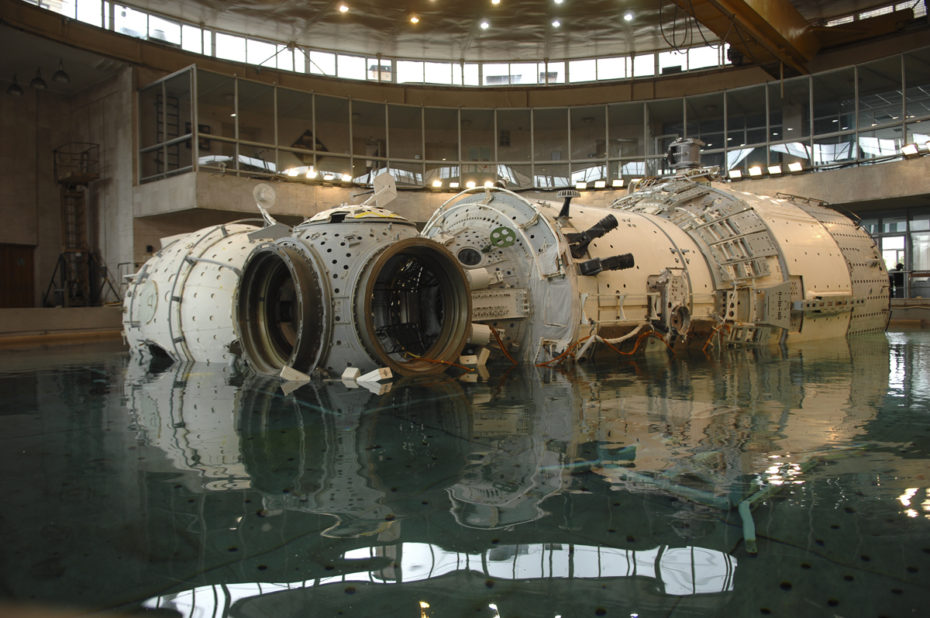
“Star City has always been kind of the forbidden city, or the hidden city,” said NASA flight surgeon Michael Barratt in 1998, when asked about America’s history on its grounds. When it first opened in the 1960s, Звёздный городо́к (nicknamed, Star City) built cutting-edge facilities to help launch the USSR into space swiftly, safely – before those darned Americans, of course.
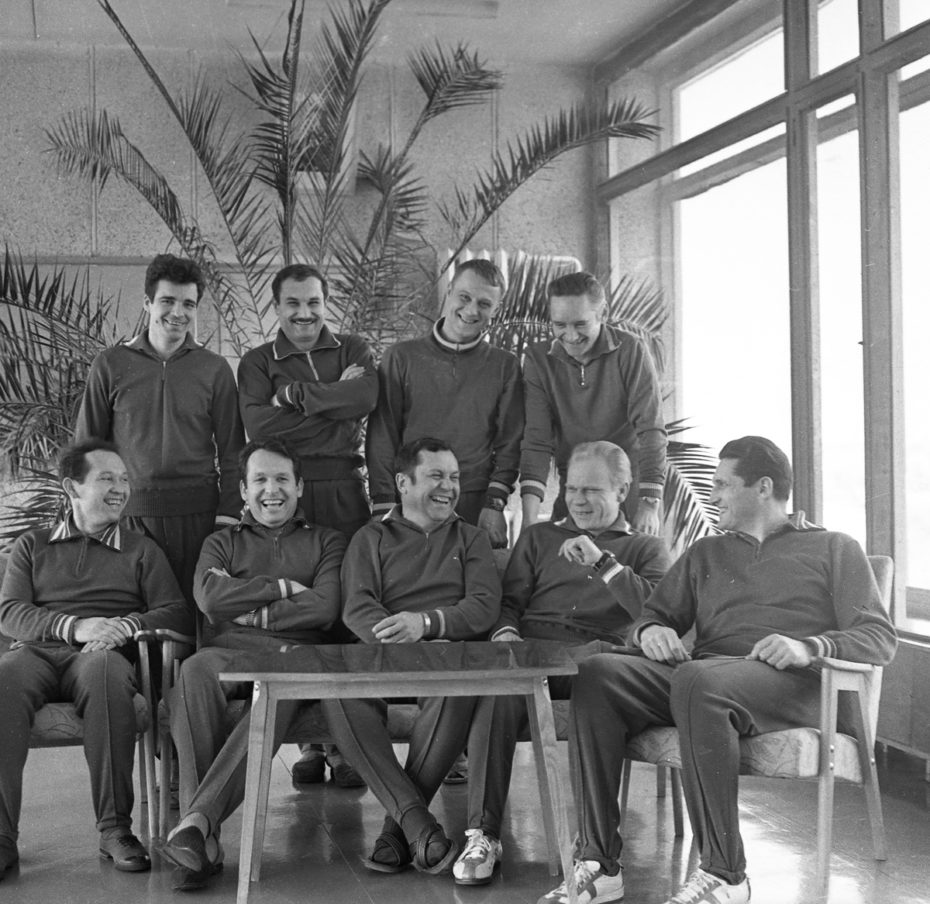
It was founded in celebration of the first human to ever travel into space, cosmonaut Yuri Gagarin. Here are some snaps of both its pre-Millennia days and evolution over the years – a place that looks like a bit of a Cold War time capsule…
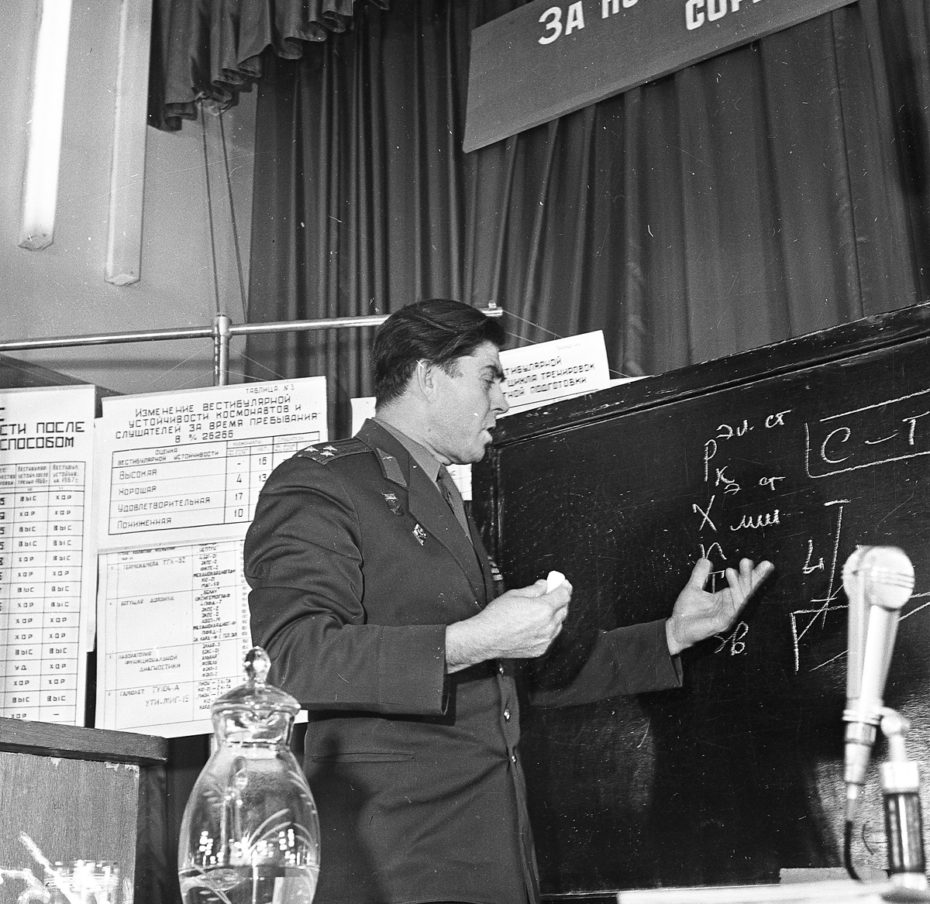
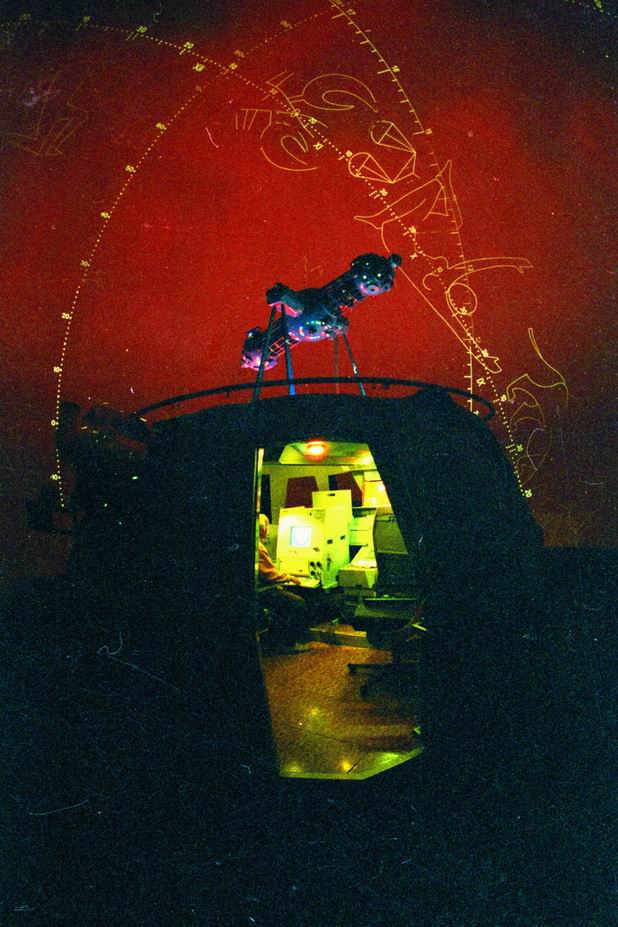
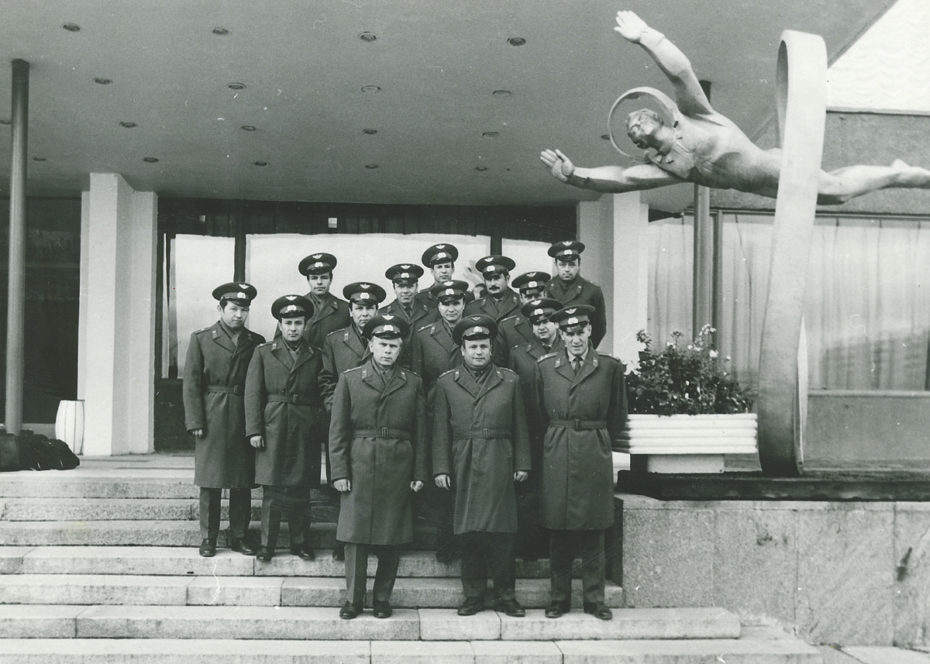
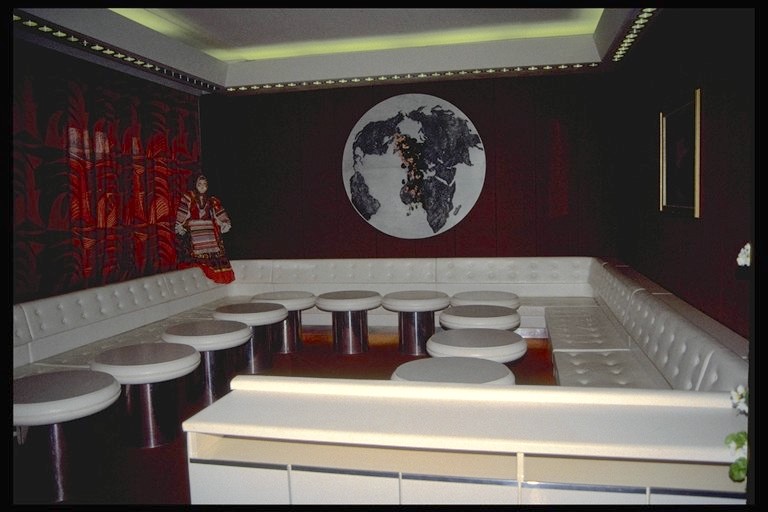
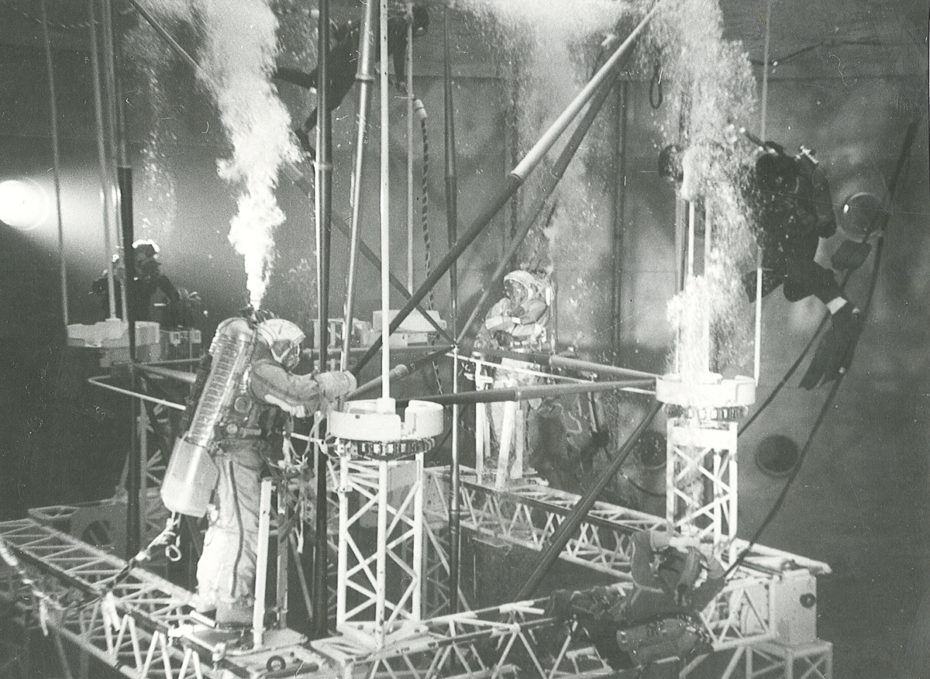
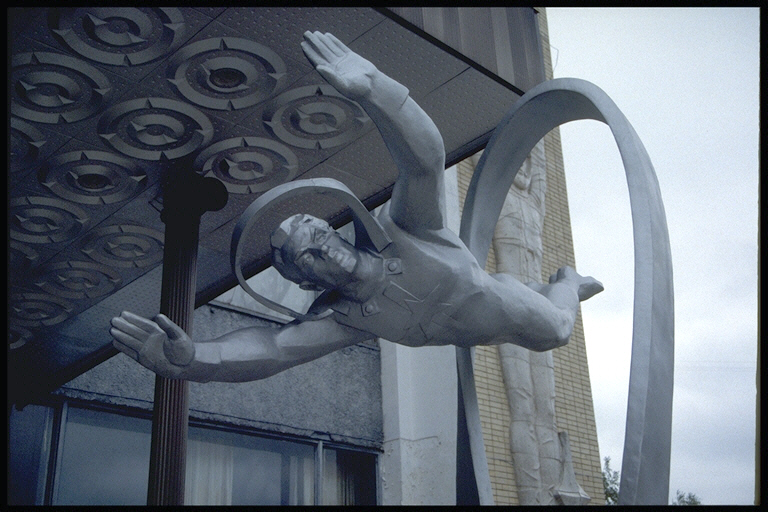
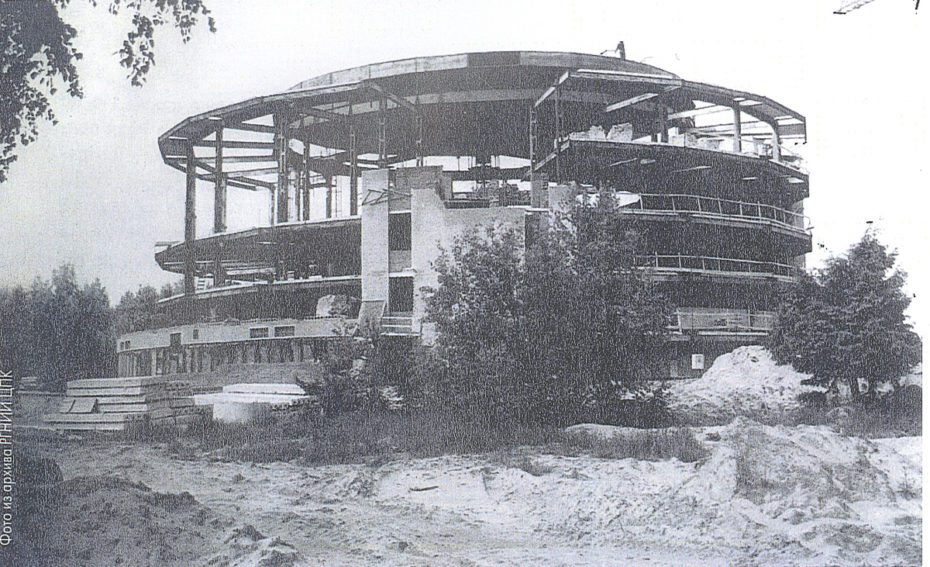
Only Russian Federal Space agency employees and their families could live in the city, which maintains the same schools, cinema house, and gym; a church, a post office, a child centre and more. The population today is roughly 6,000 people. “[The] first group of selected candidates consisted of 20 military jet pilots,” says the city’s official website, “In the Soviet Era it was a secret town with military guards at checkpoints. However, it’s now a ‘closed base’ also with civilian guards.”
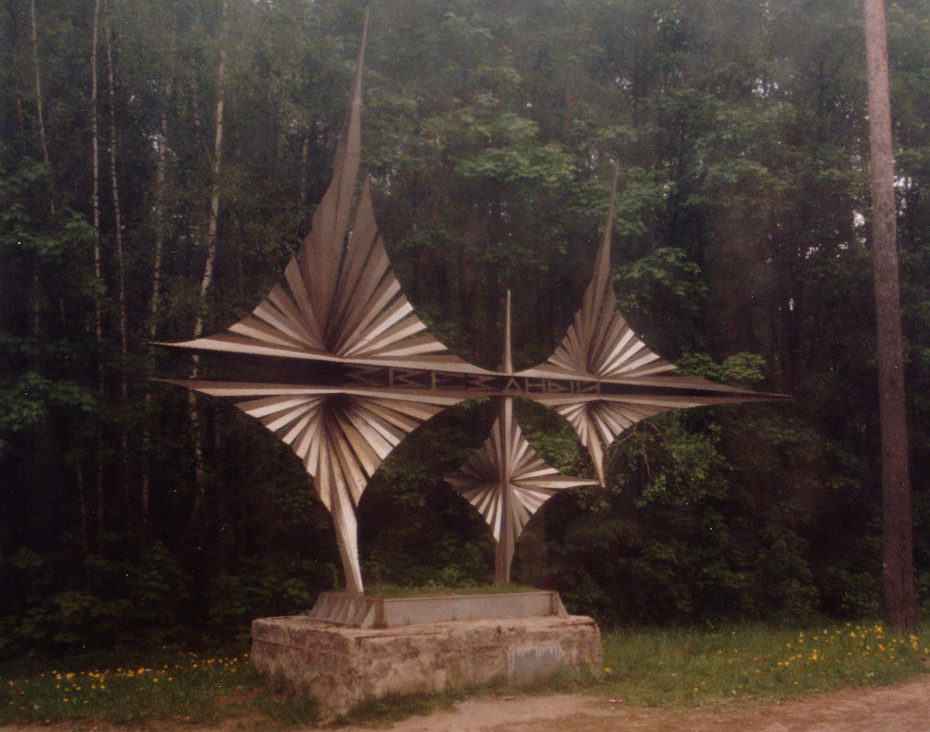
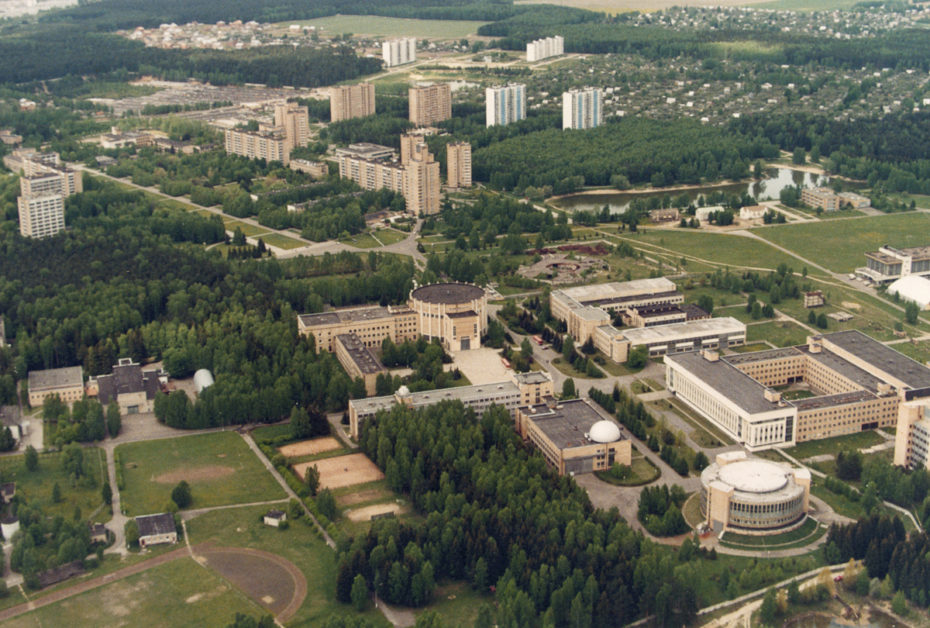
What photographs are floating around the web of its inner happenings show towering woods, peppered with starkly contrasting mid-century signs and Brutalist dormitories. There’s even a stately statue of the Laika, the first animal to orbit the earth. The ideal Soviet landscape, literally and metaphorically.
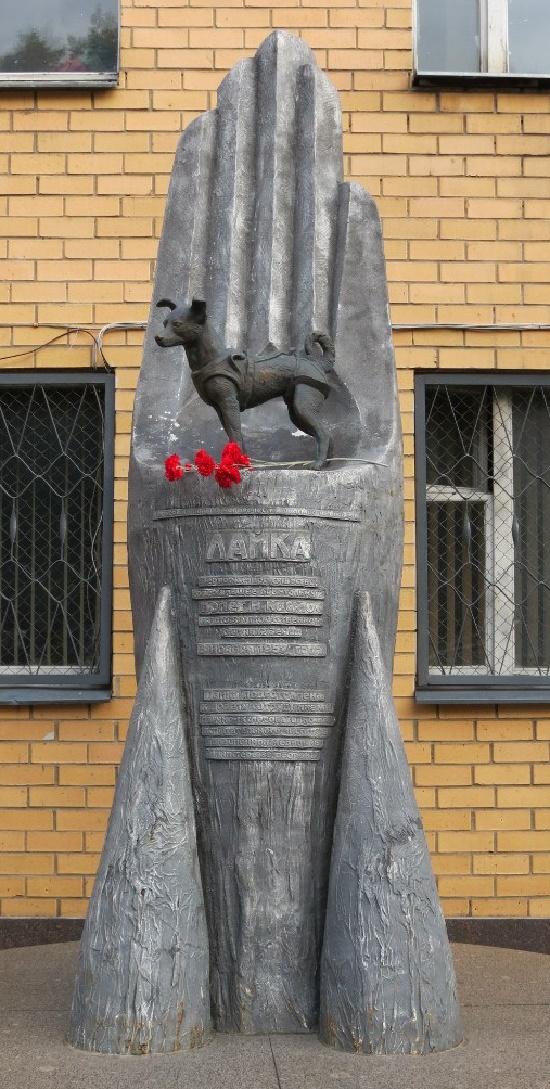
Then, the unthinkable happened in 1973 when Uncle Sam arrived. “The Soviet and American spacemen will go up into outer space for the first major joint scientific experiment in the history of mankind,” announced Soviet leader Leonid Brezhnev, “They know that from outer space our planet looks even more beautiful [and] it is big enough for us to live peacefully on it, but it is too small to be threatened by nuclear war.”
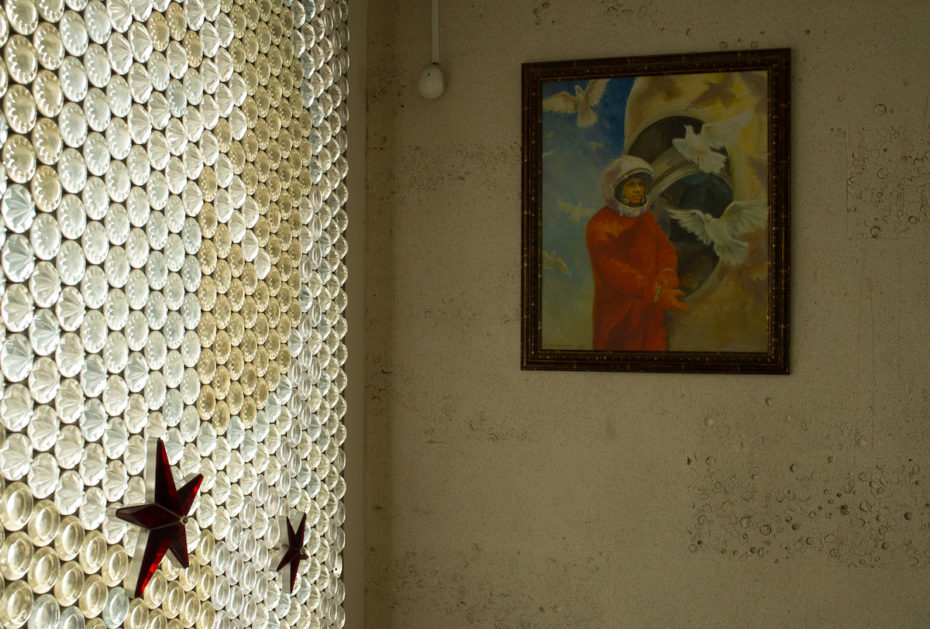
Dubbed the “Apollo-Soyuz Mission,” the joint venture was an extremely sensitive, highly calculated effort to end the Space Race – or at least ease tensions between Soviets and Americans. It was also years in the making; John F. Kennedy got the ball rolling in the 1960s through his discussions with Nikita Khrushchev, which actually led to a fall, 1962 agreement between the powers to exchange various data harvested from space. It was signed just two months before the Cuban Missile Crisis, after which tensions reached a new high – and the promise of Star City entry seemed to slip, once again, through NASA’s fingers.
It took the close of the Vietnam War to truly get NASA into Star City, although many Americans were skeptical of the project. “As long as you stick to space, do anything you want to do,” announced Richard Nixon’s Foreign Policy Advisor in an effort to assuage fears, “You are free…”
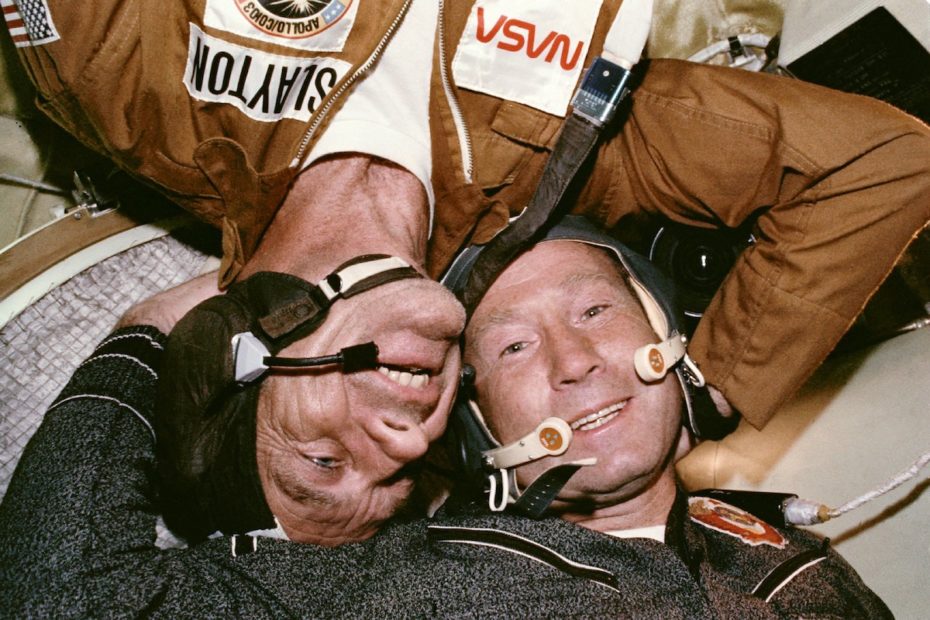
According to NASA, their joint goal was simply “to test the ability of American and Soviet spacecrafts to rendezvous, dock in space, and open the doors to possible international rescue missions and future collaboration on manned spaceflights.” It was a great success, resulting in a list of proud ‘firsts’: the first Soviet space mission to be televised in a live fashion during the launch, the first Soviet spacecraft to which a foreign flight crew had access. Later in the ’70s, it even inspired the name of a newly discovered, bite-sized planet: “2228 Soyuz-Apollo.” More than anything, it showed the possibility of kinship – and dare we say, love – between the US and the USSR. In 1990, President Eisenhower’s granddaughter actually married space scientist Roald Z. Sagdeev, who says he saw first hand – and from the American perspective, in the USSR – how revolutionary that project was.
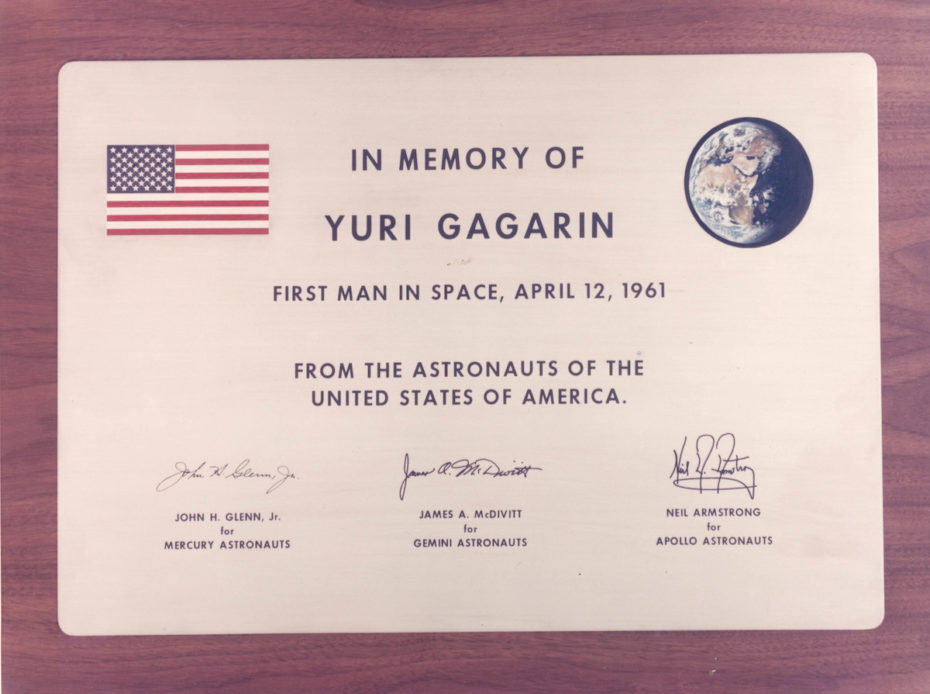
Over the years, Star City has opened its pearly gates cautiously to astronauts, as well as space explorers from other countries. “Well, guys, there’s only a few of us cowboys, and a hell of a lot of Indians,” astronaut Ken Cameron famously said in 1994 upon arrival. NASA’s director of operations, Mike Lopez, told Airspace Mag that culture shock was huge hurdle. “You couldn’t find a restaurant,” he said, “There were no gas stations. Gasoline was just sold from trucks pulled up along the road.” Space was the last frontier – but for these astronauts, this felt like the new wild, wild west.
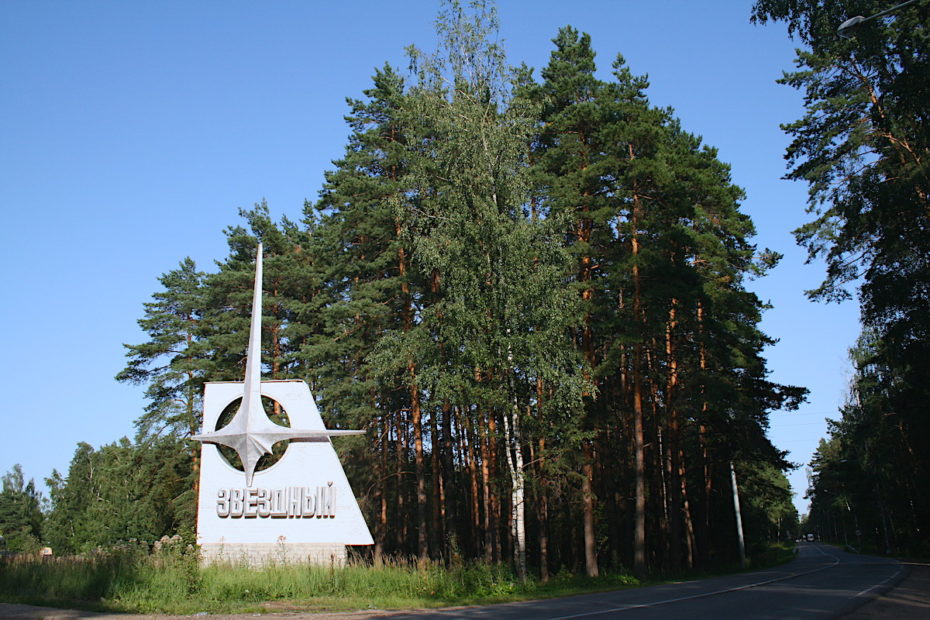
Time, and experience have eased that sensation. In anticipation for the Apollo-Soyuz Mission, Soviets built a “Prophylactory” dorm to house American astronauts that is still in use, and NASA went on to build various duplexes as well. Since 1994, NASA has had a permanent residency in the gated community – and is still putting that Soyuz-Apollo equipment to good use.
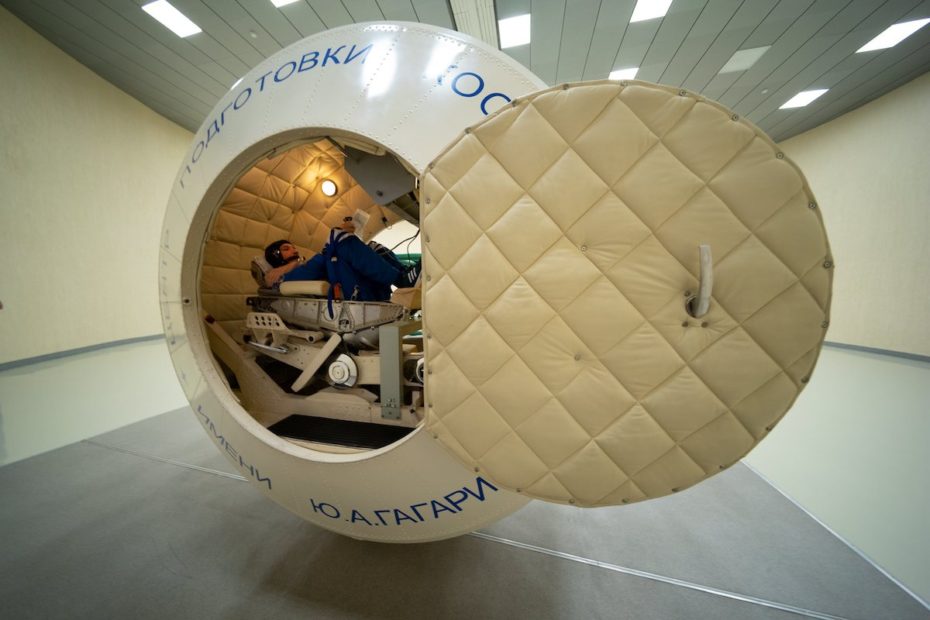
Session training ( Soyuz exam on centrifuga ) in GCTC
So what’s it like for an American there today? According to NASA astronaut Dan Burbank, the aspiring space travellers speak a mixture of English and Russian. “The Soviet spacecraft is almost exclusively Russian,” he says about the control deck, “Hopefully, cosmonautics is easier than Russian grammar. I’ve been doing this for the better part of 20 years and still have so much to learn.” When asked what the best thing about working in Star City was, he cited the truly “international community” they get to build a country with so much history.
Luckily for us, Star City has opened created a museum about its history over the years that can be accessed by scheduling a visit, or seeking various tour company packages.
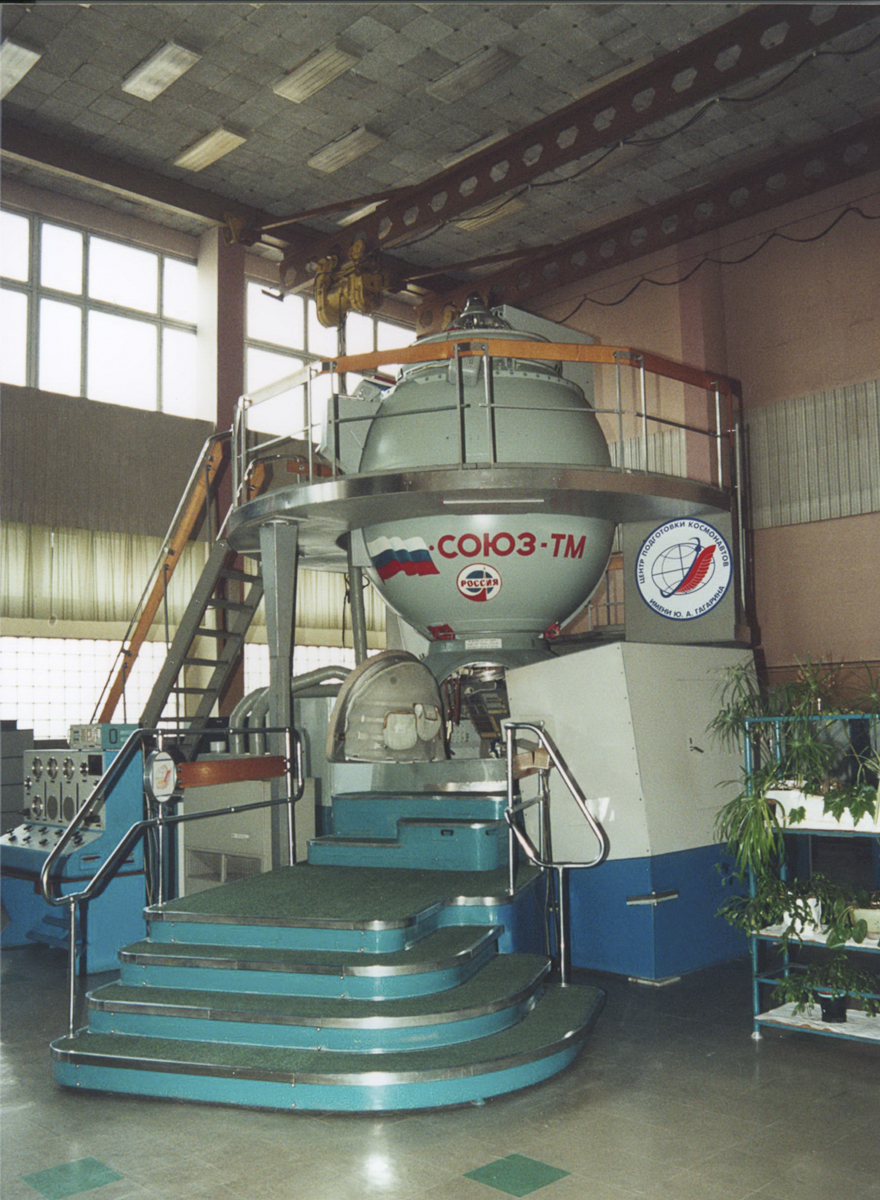
In other words, don’t just show up ready to buy a ticket – it takes a bit of planning before you can tour the Museum of Gagarin Cosmonaut Training Centre and the adjacent Central Air Force Museum, the latter of which has been open to the general public since 2006 and has over 170 aircrafts.
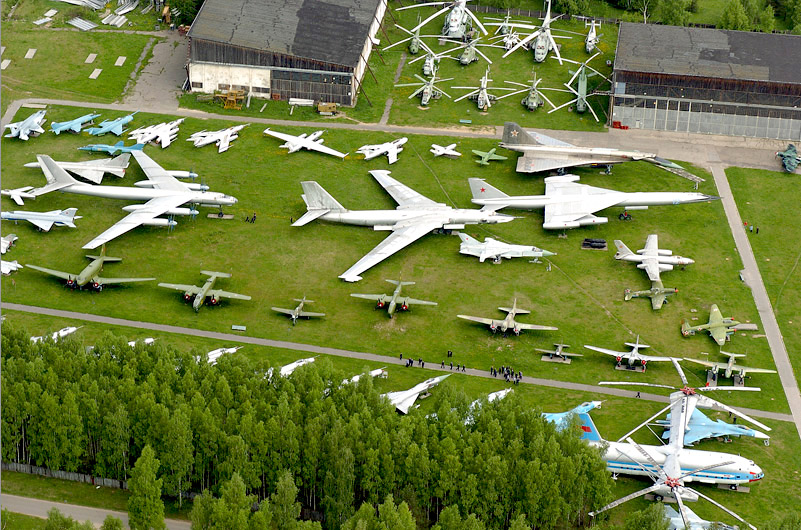
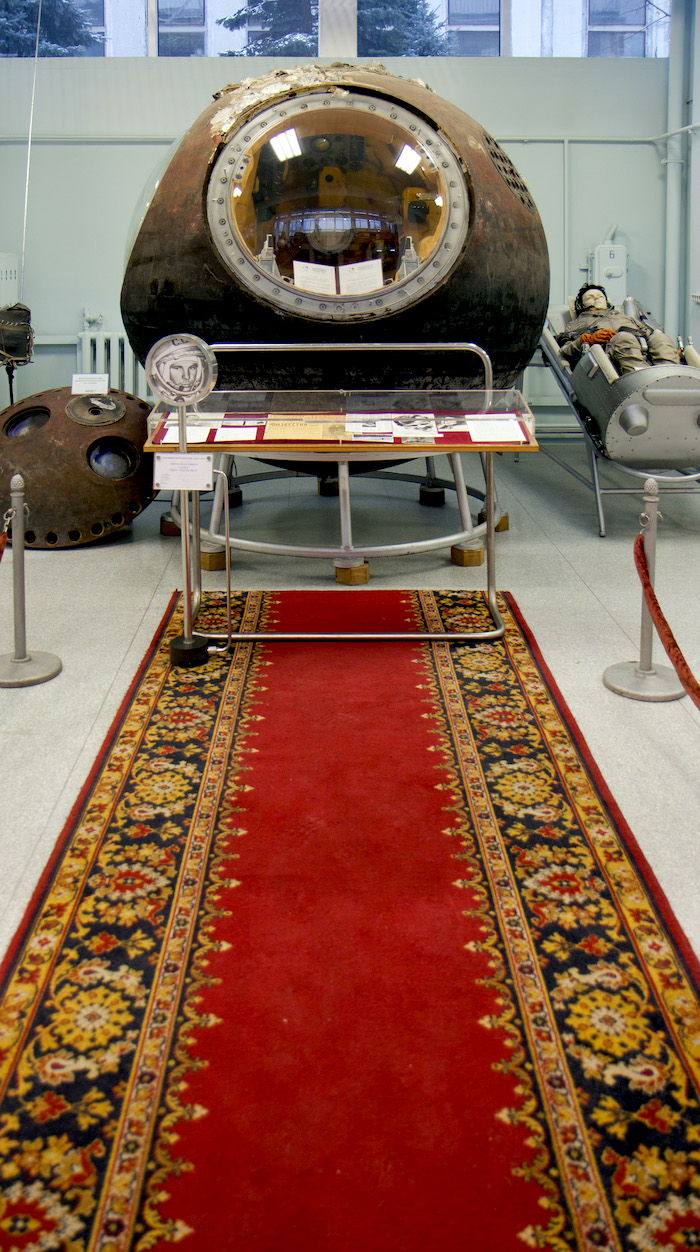
The museum boasts wild Cold War-era espionage equipment, a rideable centrifuge, a planetarium, and a treasure trove of personal effects from space explorers; a MIR Space Station model, and an impressive water tank for training.
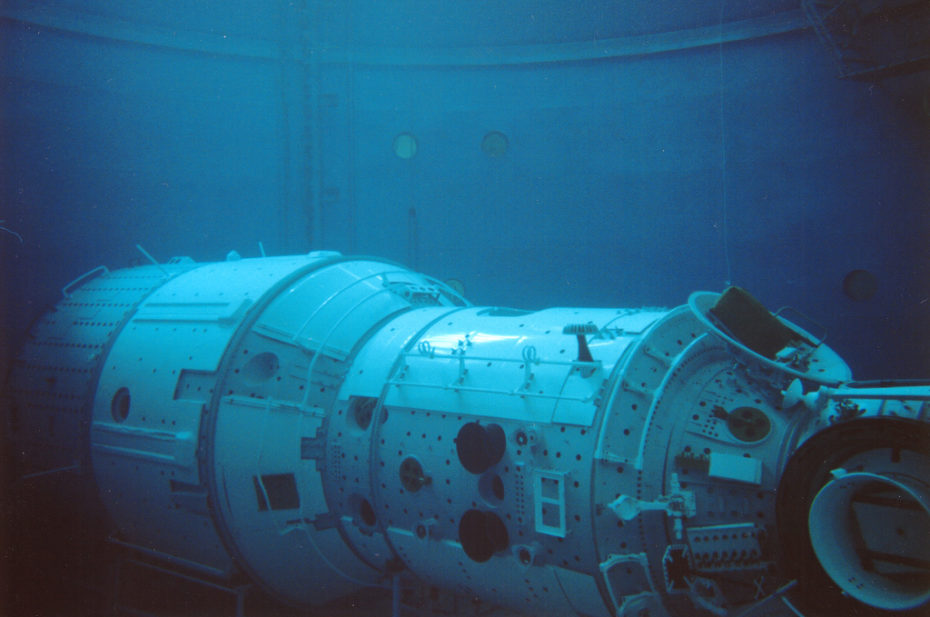
Above all, it stands as a refreshing testament to the power of peacemaking – a reminder that, sometimes, we can all just get along.
Learn more about Star City on the official Yuri Gagarin Cosmonaut Training Center website. Check out this tour service, and take a pretty amazing virtual trip to Star City as well.


